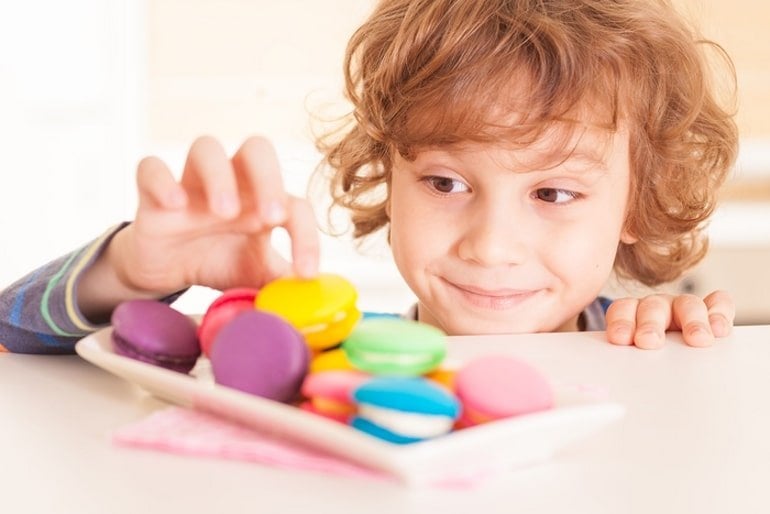
While psychologists have theorized that parents’ wealth and social status may influence their kids’ risk preferences, this study provides the first experimental evidence to support that assumption, says Peter Blake, a study coauthor and a BU College of Arts & Sciences associate professor of psychology.
The research provides evidence that risky decisions in childhood do not always reflect poor judgment or a lack of self-control, he says.
Blake says he hopes parents, teachers, and others who see a child making risky choices will pause and consider that such decisions might make sense given the child’s circumstances.
The premise behind Blake’s research, known as developmental risk sensitivity theory, is drawn from observations of how animals behave in foraging situations.
To test human applications of this theory, Blake and his coauthor, Teresa Harvey (GRS’20), built an experiment to see if children’s risk preferences would vary by their socioeconomic status and by the size of the offered rewards.
When the researchers analyzed their data, they found that children from families with lower socioeconomic status were more likely to take a risk and spin the wheel in the large-reward trial than were children from higher status families.
Socioeconomic status made no significant difference in the small-reward trial.
“The kids with lower socioeconomic status, they followed the pattern predicted by the theory,” says Blake.
They were more likely to take the risk to get the larger reward, and when it came to a lower value reward, they chose the certain option so that they would get something.”.
The study also showed that boys were more likely than girls to make risky decisions, but gender differences didn’t affect the socioeconomic patterns the researchers were interested in.
Blake says he is trying to recruit more families from the lower end of the socioeconomic scale—most participating families were well-educated with high incomes—so he can rerun the experiment and produce results with higher confidence.
Spinning wheels to win stickers is not a common scenario for children, and Blake says his research findings may not apply to every situation.
If a child is choosing whether to take the risk of, say, leaping from a swing during recess, he says, such a decision involves additional factors—like peer pressure—that his experiments were not designed to account for.
“Developmental risk sensitivity theory: the effects of socio-economic status on children’s risky gain and loss decisions” by Peter Blake et al.
Developmental risk sensitivity theory: the effects of socio-economic status on children’s risky gain and loss decisions.
Developmental risk sensitivity theory (D-RST) focuses on the plasticity of risk preferences during childhood and makes predictions about the effect of reward size based on a child’s social environment.
By contrast, prospect theory predicts risk aversion for gains and risk seeking for losses regardless of environment or status.
Children from lower-SES families differentiated between the high- and low-value trials and made more risky decisions for the high-value reward compared with higher-SES children
Children from higher-SES families were more risk averse for both trial types